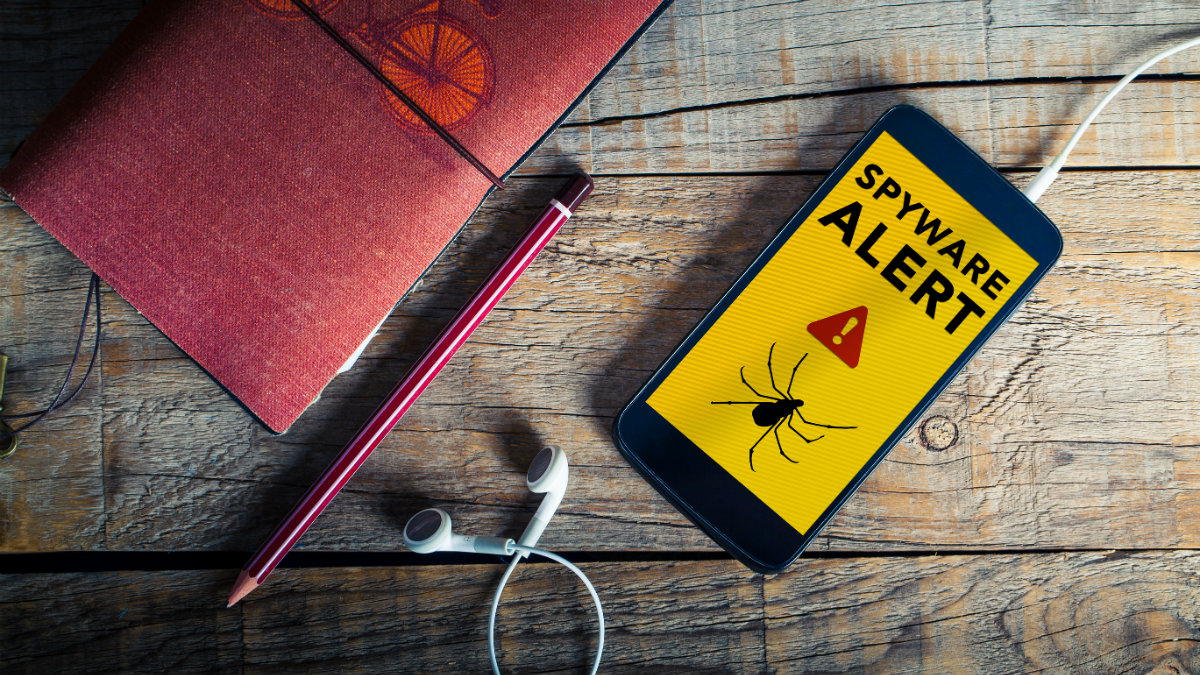Hackers spreading fake coronavirus maps - use this one instead

There’s no shortage of panic now that the coronavirus has been classified as a pandemic. Stores are running out of supplies like bottled water, dried beans and even toilet paper.
Whenever huge events happen in the world, the dregs of society come out in full force — and the coronavirus outbreak is no different. Cybercriminals have been taking advantage of unsuspecting victims with tons of scams. Tap or click here to see a list of coronavirus scams out to get you.
Unfortunately, we’re only at the beginning of these obnoxious attacks. Now, people looking for important information online could have their devices infected with malware if they visit the wrong sites.
Cybercriminals increasing coronavirus attacks
Like most people worried about the coronavirus pandemic, you’ve probably done some research online to find out how to protect yourself. Health officials are saying the best thing you can do is regularly wash your hands with soap and warm water for at least 20 seconds.
Also, you need to avoid sick people, stay at home if you’re feeling ill and keep your surroundings as clean as possible. Properly cleaning your phone and other devices are recommended, too. Tap or click here for the best ways to disinfect your phone.
Avoiding public places with confirmed cases of COVID-19 is also at the top of the list of things to do. But how do you know where the disease is located? Some official websites from governments and world-renown health organizations have interactive maps that track coronavirus cases and keep real-time stats.
But here’s the problem: Hackers are spoofing these maps so they can infect your device with malware.
A researcher at Reason Labs made the discovery this week and said hackers are using spoofed sites to steal information like online account usernames, passwords, credit/debit card information and other sensitive data found on victim’s devices.
Here’s how it works: A victim visits a spoofed site looking for coronavirus information and is prompted to download an application that promises up-to-the-minute data.
The map looks like an official coronavirus tracker but it’s not. Instead, the map is loaded with malicious code that gets installed on your device and goes to work behind the scenes to rip you off.
Currently, the malware only impacts Windows machines but a new version that will attack others is believed to be in the works.
Spyware watches everything you do. Is your phone or computer infected?

Your everyday tech holds so much valuable information. Between your computer, smartphone and tablet, we’re talking precious photos, private files and enough personal data to make hackers come running.
And with more and more of our information stored digitally, we’re exposed like never before to cybercriminals who want to get their hands on it. One of the sneakiest ways they do it? Spyware.